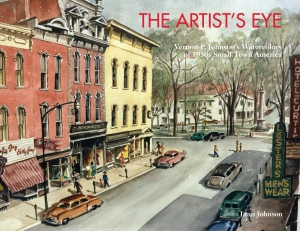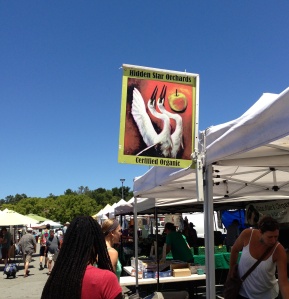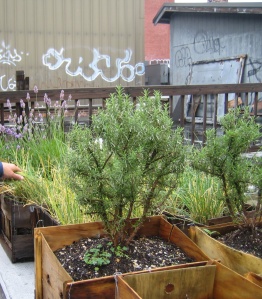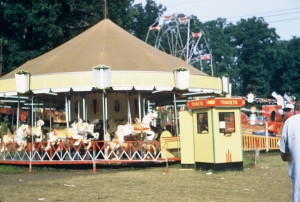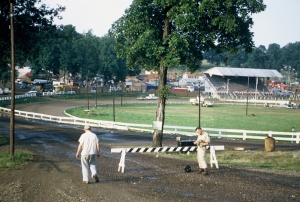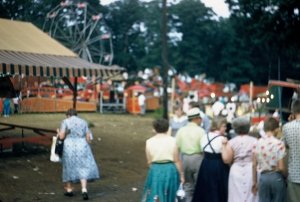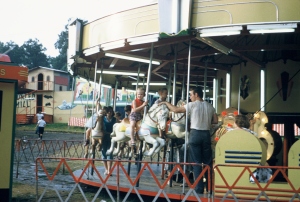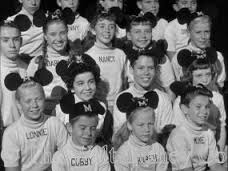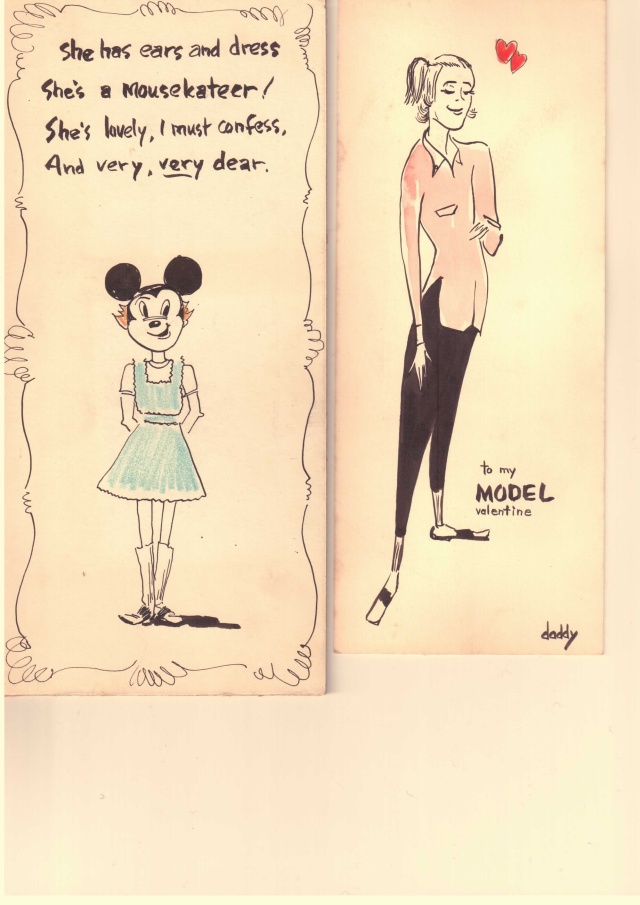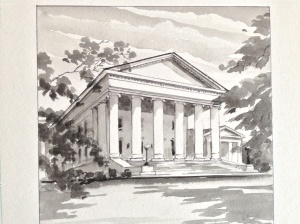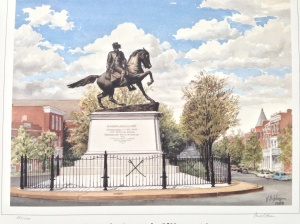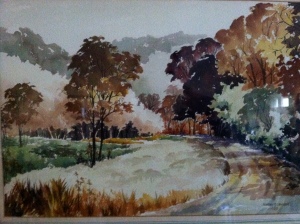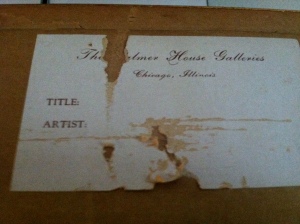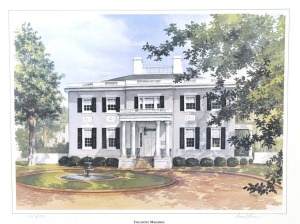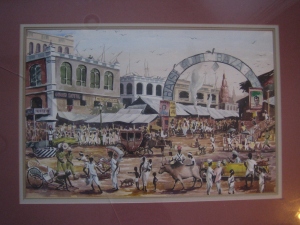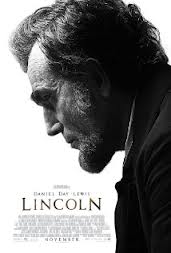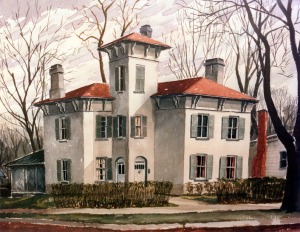When it comes to small towns, there’s not much difference in Nebraska and Ohio, or probably most other states. Watching Alexander Payne’s award-winning film, “Nebraska,” really brought that home. Though set in the Plains, the scenes in fictional Hawthorne, Nebraska (the real town is Plainview) reminded me of Mount Vernon in central Ohio, the subject of my father’s watercolors of the 1950s, and of his own hometown of New London about 60 miles north.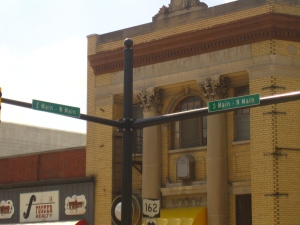 In all these cases, we’re talking towns whose equivalent of Main Street extends three to four blocks from the center.
In all these cases, we’re talking towns whose equivalent of Main Street extends three to four blocks from the center.
While Bruce Dern as Woody revisits his Nebraska hometown as part of a late-in-life journey, to me the most affecting part of the film was how his son David (played by Will Forte) discovers his father through their weekend road trip. When you’re an adult, you understand things that you couldn’t as a child.
The power of “Nebraska” lies in the vast black and white landscape, the perfectly flat tableau of farms stretching to infinity in all directions, and the often wordless connections between people as they move through each day. The insights arrive through observation and intuition, in the experience of the mundane activities of ordinary existence. Suddenly that flatness becomes understood as a metaphor for revealing hidden truths. A friend from California who’d visited Columbus, Ohio recently remarked how struck he was by the landscape – so flat that he could see brilliant sunsets all the way to the horizon, not obscured midway by mountains. I’d always taken that for granted.
And, according to Payne, in an interview with NPR’s Terry Gross, the “flatness” was not only about the landscape – it was also about the people. The truth is, that’s the way people are in the Midwest or the Plains states. I grew up that way – being emotional is not highly valued. People are flat and that’s ok.
Unfortunately critic David Denby’s review of “Nebraska” in The New Yorker (Nov. 18, 2013) completely missed the point and disappointingly so. While he seemed to be looking for something deep and subtle, he failed to see that the real drama was right on the surface in the ordinariness of things. He doesn’t get “flatness,” but then a lot of people don’t. The scene in which cousins, aunts and uncles sit around the living room and exchange two-word sentences reminded me of the Sundays at our grandparents. No razzle-dazzle, just people talking, sharing what’s on their minds, with 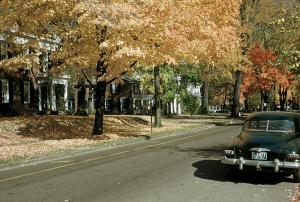 snippets forming conversational threads; in some cases there’s meaning but in other instances they’re simply passing time together. The memorable part was not what was actually said but the portrait of simple interactions and the unsaid connections they built. Yeah, it’s fairly “flat” but that doesn’t mean that people aren’t communicating successfully.
snippets forming conversational threads; in some cases there’s meaning but in other instances they’re simply passing time together. The memorable part was not what was actually said but the portrait of simple interactions and the unsaid connections they built. Yeah, it’s fairly “flat” but that doesn’t mean that people aren’t communicating successfully.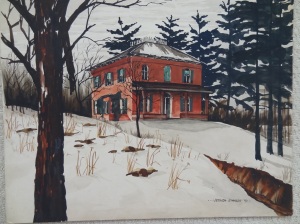
“Like many writers and filmmakers, at least earlier in your career, you want to explore the mystery of the place you’re from – those early buttons, how it haunts you,” director Alexander Payne said of his homestate of Nebraska in a New Yorker interview (Oct. 28, 2013). Payne was born and raised in Omaha and still spends part of the year there, the rest in LA.
It must be the season for hometown reminiscences, because writer Jim Harrison reflected in a travel article in today’s New York Times about how growing up in Michigan’s Upper Peninsula left its imprint on his life and fiction. “…There’s nothing like returning to a farm with horses and chickens, and then on to a fairly remote cabin off a two-track road where when you try to sleep at night you hear a river flowing, probably the best sound on earth,” he wrote.
Like them, what I learned about my father when writing this book and about the world through his eyes while he painted carved an indelible imprint in my consciousness, values and the way I “see.” And years later, that still-evolving understanding continues to take sharper form. Happily, as part of my journey, the film “Nebraska” left me with a little more insight into that mysterious place that we know as “hometown” and of the people who populated them.

